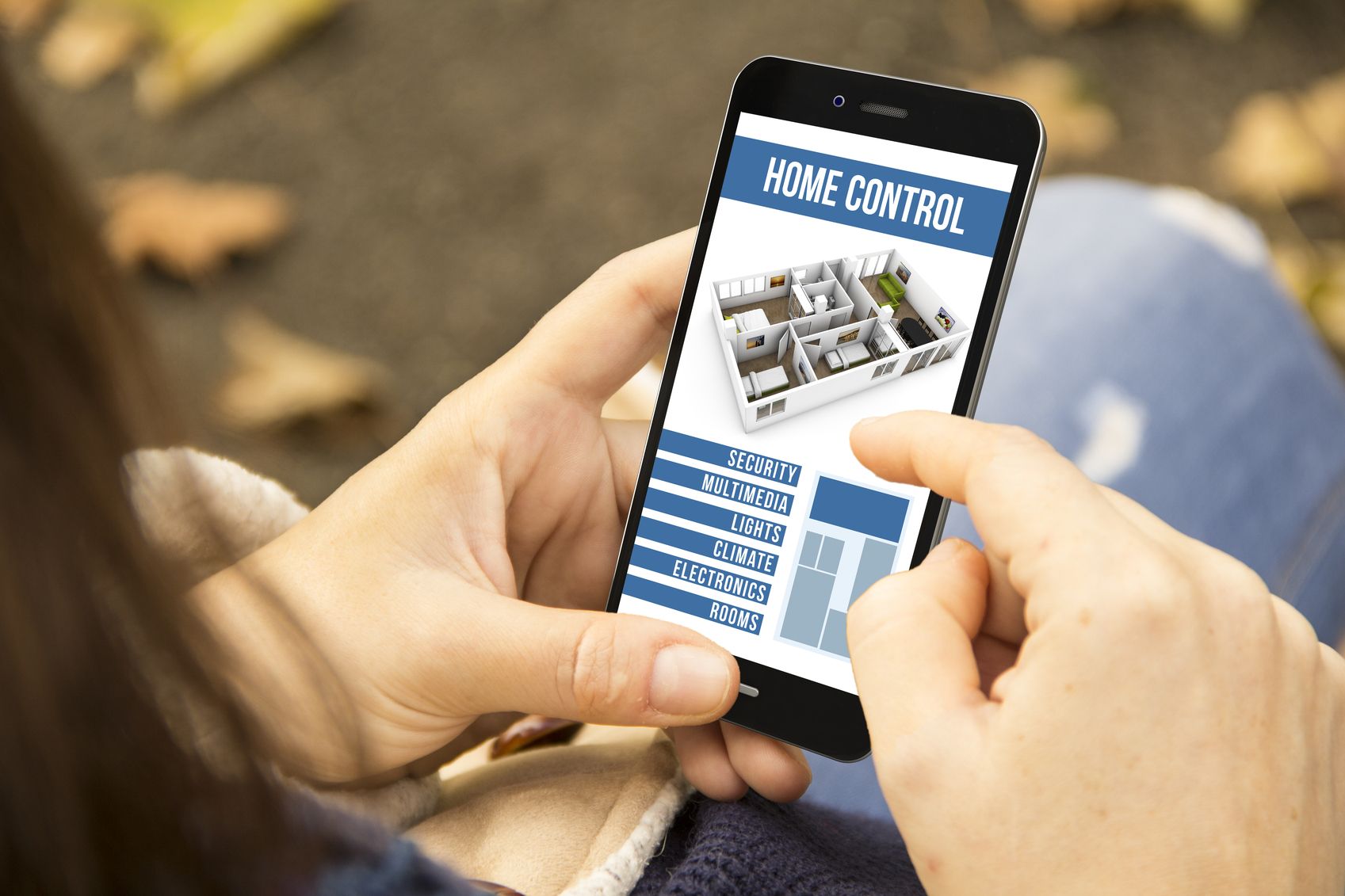Why Bluetooth Will Run Your Home
Protocols are the most important element regarding how well your connected products perform, deciding how fast the world will adopt smart technology into their homes.
The key issue is the sector is highly fragmented, with different devices using a myriad of different protocols. Each protocol can only "talk" to other devices on their same protocol. This means that when you are deciding which device to install in your home, you won't necessarily be able to choose the one which is best for you.
One workaround is to have a smart home automation hub which can speak with all the different protocols. However, this can create latency issues within the network. An example of direct compatibility: your friend rings your doorbell camera while you are not at home, and you would like to let them in using your smart door lock. If they speak the same protocol (and have an adequate application), this would be a seamless, fast operation. However, if they do not speak the same language, you would need to change applications or enter into a different smart home hub automation hub application to finish the process. It may seem trivial—but these small inconveniences can make all the difference.
Which network protocol will win?
Our team at smarthomeSAGE predicts that Bluetooth Low Energy (BLE) will most likely win the network protocol battle for the following reasons:
- Wide-Spread Use: It is already an existing protocol in our smartphones and other similarly popular devices. The general population already know and trust the brand.
- Low Energy: BLE doesn't use a lot of energy which is not only important for your utility bill but also for those devices which use batteries. Although it is not the lowest energy protocol
- Mesh Network Format: BLE is in the process of introducing a mesh network (instead of the traditional star network) which allows each device to become a node or mini-hub which can increase the range of your smart home automation. For example, if you install a doorbell camera on your front door, you will now have an extra 30 meters to place sensors around your front lawn to control you watering schedule or boost your security.
The biggest issue which might interfere with Bluetooth Low Energy becoming the protocol of choice is the bandwidth interference. BLE uses the same bandwidth (2.4 GHz) as your WiFi and regular Bluetooth. In a house filling up with devices and sharing with your data-intensive laptops this could impact the long-term performance.
—This is a guest post by Joseph Mack from smarthomeSAGE, a blog that analyzes the impact that smart home technology has on home life. You can follow him on Twitter or Facebook.
